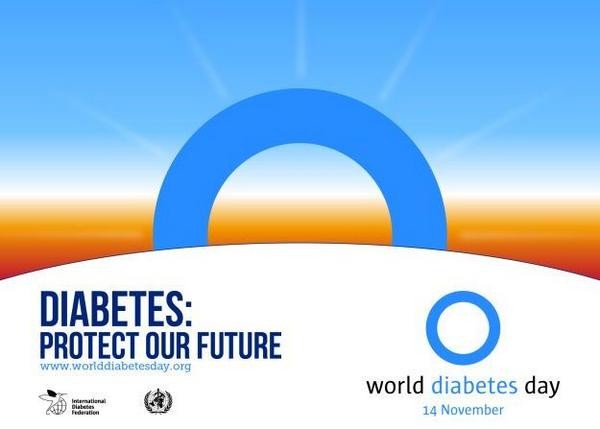Diabetes mellitus (DM), including type 1 and type 2, is becoming a global epidemic that the United Nations' World Health Organization has projected will be the 7th leading cause of deaths by 2030. World Diabetes Day on November 14, Saturday highlights the importance of understanding the symptoms, diagnosis, treatment, and prevention of the illness that affects nearly 350 million people worldwide. Every year around 1.5 million people die from the debilitating condition that produces long-term high blood sugar levels.
Type 1 diabetes includes about 5 percent of all cases of the disease, and prevents the patients' bodies from producing their own blood sugar-controlling insulin. Over one million Americans suffer from type 1 diabetes, according to Philly.
Meanwhile, type 2 diabetes makes up 95 percent of all cases of the disease. Patients can produce insulin, but either cannot make enough of it or are unaffected by its effects.
Several symptoms can be signs that a person is suffering from diabetes. They include blurry vision, always being thirsty or hungry, exhaustion, cuts or sores that do not heal, and frequent urination.
People who think they might have the disease should have their glucose levels tested. It is possible to have high blood sugar levels but not full-blown diabetes mellitus.
As with other diseases, getting a diabetes diagnosis early enough can help to reduce the effects of the disease. Meanwhile, within time it can also affect eyes, hearing, skin, blood vessels, and kidneys. Untreated DM can result in higher risks of heart attacks, strokes, and blindness, according to International Business Times.
Various lifestyle changes can help to prevent or treat the disease holistically by lowering glucose levels and blood pressure. They include healthy diets, regular exercise, and quitting smoking.
Other treatments for diabetes include several anti-diabetic medications that lower blood sugar levels. They include ones in pill and injection forms.
In severe cases surgery is another type of diabetes treatment. They include pancreas transplants and weight-loss surgery.
A study published in June in the Lancet showed that global diabetes rates surged 45 percent between 1990 and 2013. Some causes were unhealthy diets including high calories from sugar and refined grains, sedentary lifestyles, and urbanization.
Here are some ways to prevent type 2 diabetes:



























